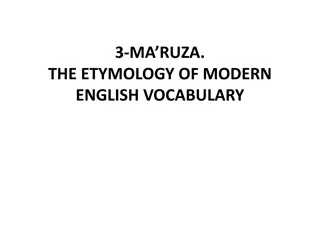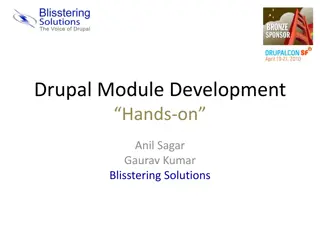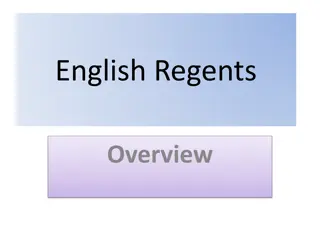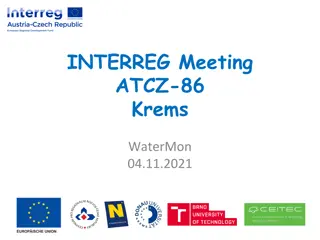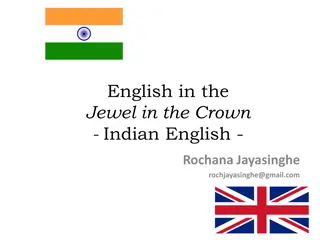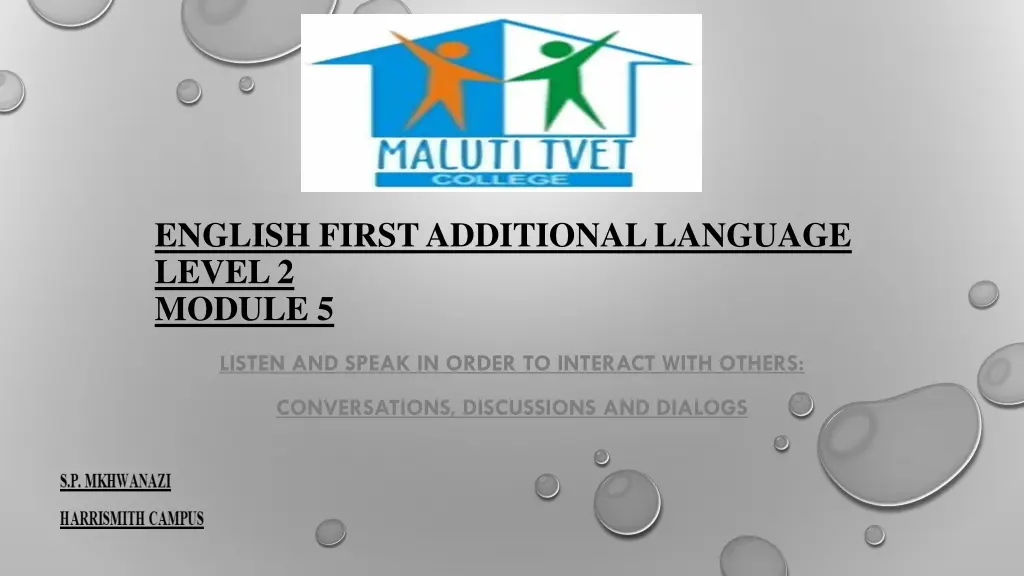
Understanding Language Pillars: Connotative vs Denotative Meaning, Figurative Language, and Adjectives
Explore the nuances of language through connotative and denotative meanings, figurative language, proverbs, adjectives, and parts of speech such as nouns, pronouns, and adverbs. Enhance your understanding of language structure and usage.
Download Presentation

Please find below an Image/Link to download the presentation.
The content on the website is provided AS IS for your information and personal use only. It may not be sold, licensed, or shared on other websites without obtaining consent from the author. If you encounter any issues during the download, it is possible that the publisher has removed the file from their server.
You are allowed to download the files provided on this website for personal or commercial use, subject to the condition that they are used lawfully. All files are the property of their respective owners.
The content on the website is provided AS IS for your information and personal use only. It may not be sold, licensed, or shared on other websites without obtaining consent from the author.
E N D
Presentation Transcript
ENGLISH FIRST ADDITIONAL LANGUAGE LEVEL 2 MODULE 5 LISTEN AND SPEAK IN ORDER TO INTERACT WITH OTHERS: CONVERSATIONS, DISCUSSIONS AND DIALOGS
Language Pillars Connotative and denotative meaning Connotative an idea or feeling which a word raises for a person in addition to its literal or primary meaning. (The emotional and figurative association surrounding a words). Denotative the literal or primary meaning of a word, on contrast to the feelings or ideas that the word suggests. (The strict and obvious dictionary meaning of the word).
Figurative language refers to using a word or phrase that does not have its normal everyday literal meaning. As the name implies, it makes use of Figures of speech such as comparison, change of ideas, exaggerations or contradictions. o Idioms a phrases or expressions that typically presents a figurative and not the literal meaning that is attached to the phrase. Words are used in way that the word makes you feel. e.g. we will cross that bridge when we get there _ let us not talk about that problem right now.
o Proverbs the concrete traditional sayings that usually offers guidance, sayings that expresses a perceived truth based on common sense or experience. They are often metaphorical and use standard language. e.g. absence makes the heart grow fonder _ when people we love are not with us, we love or miss them even more. o Adjectives are the words that are naming an attribute of a noun (they modify the noun), such as sweet, red or technical. They qualify or describe nouns and pronouns and they also add interest and colour to sentences by describing or giving more information. ( describing word) E.g.: That is an interesting idea. The talented teacher motivated the enthusiastic students. See page 72 on Textbook.
Noun naming word. (Usually identified by a, an, the, preceding them). Pronoun stands in place of a noun. (Can replace a noun she, it ). Adverbs words that modify or tell us more about verbs, adjectives or even other adverbs expressing a o relation of place, time, circumstance, manner, cause, point etc.. - may be identified by their situations : a) Manner how? (quickly, fast, well, hungrily). b) Place where? (here, there, nowhere, far, near). c) Time when? (Yesterday, today, tomorrow, soon, then). d) Degree to what extent? (Almost, just, too, nearly, hardly). e) Frequency how often? (Never, always, once, usually, often). The END!!



